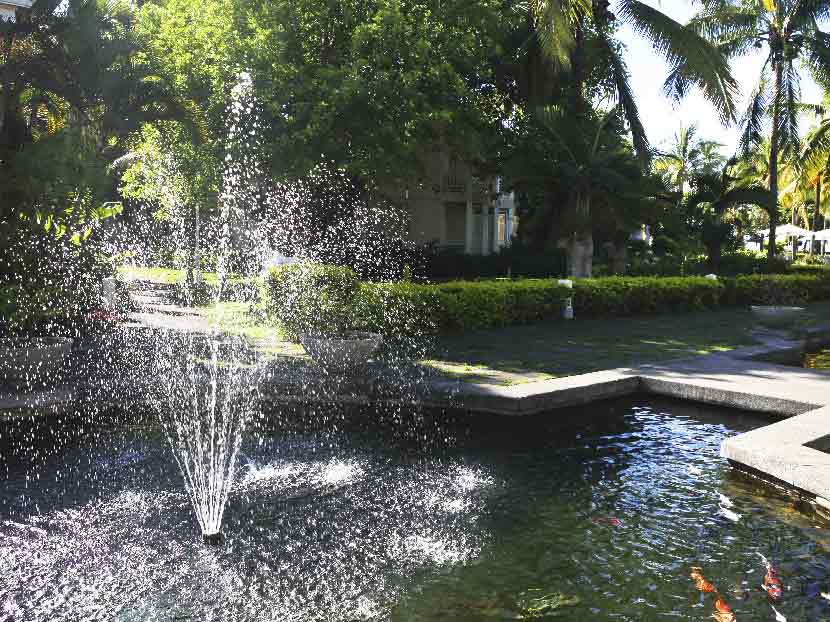As temperatures begin to drop, various pond maintenance issues start to arise. Most of these issues, however, can be tackled ahead of time.
With more than 12 years of experience in the pond, pumping and fountain industry, we at Nashville Pond enjoy helping our clients and readers of this blog with all things related to the pond. In this blog post, we’ll focus on top pond maintenance issues during the fall season. With each issue, we provide you with suggestions on what you can do to maintain your pond.
Stagnating Water
In many parts of the United States, fall weather means drifting leaves that end up in your pond. Failure to clean the debris that fall in your pond could result in the water stagnating. This could cause many problems, such as drastic changes in pH or the malfunction of your waterfall pump as it gets clogged with debris.
To prevent this issue, you want to set aside a day out of the week to clean your pond. Make sure to remove any dead leaves or other debris that have drifted into the water. Keep an eye out for your aerator or waterfall pump and clean any dirt near or inside of its parts. Your aerator or pump will help provide dissolved oxygen to your pond water, thus keeping the pH in the water stable.
Fish Feeding Patterns
As temperatures begin to fall, the fish in your pond no longer consume the same amount of food they did in the summer. This is because their metabolism slows down during cold weather. Many pond owners are not aware of this and continue to feed their fish the same amount of food. This creates excess waste in the water that will accumulate in the bottom. This could lead to an increase in algae and cause your water to become muddy.
As the temperatures begin to drop, start decreasing the amount of food you feed your fish. This will help limit the amount of waste in your pond. Your aerator will also help maintain the water, as it moves the water around while distributing dissolved oxygen.
Pond maintenance during the fall doesn’t need to be a hurdle. There are various preventative measures that can be taken to keep your pond in top shape. For more on pond maintenance, check out Part 1 of this blog series. If you have more suggestions, leave a comment below. If you’d like to discuss pond maintenance issues, contact us!



